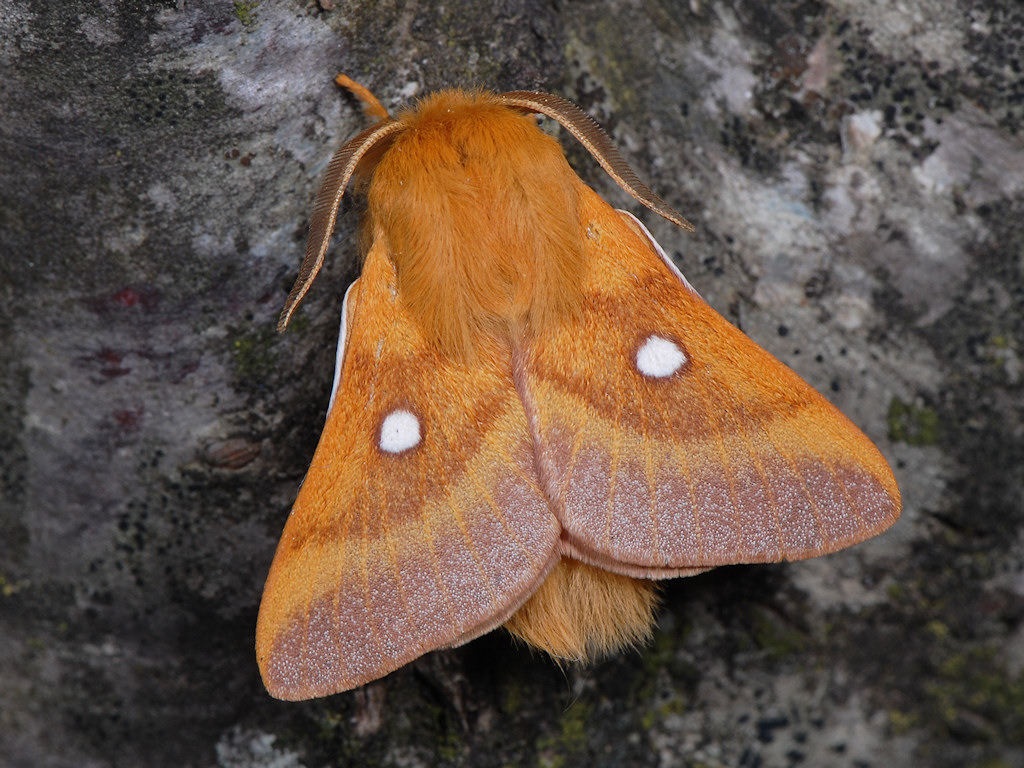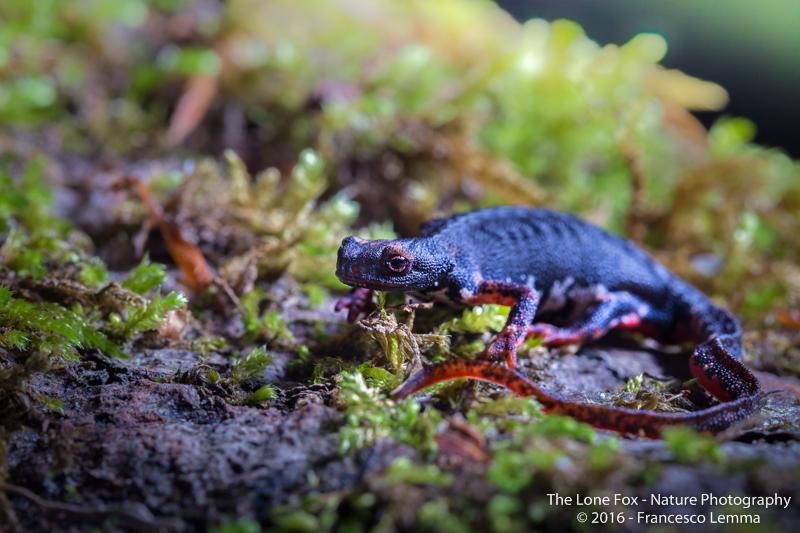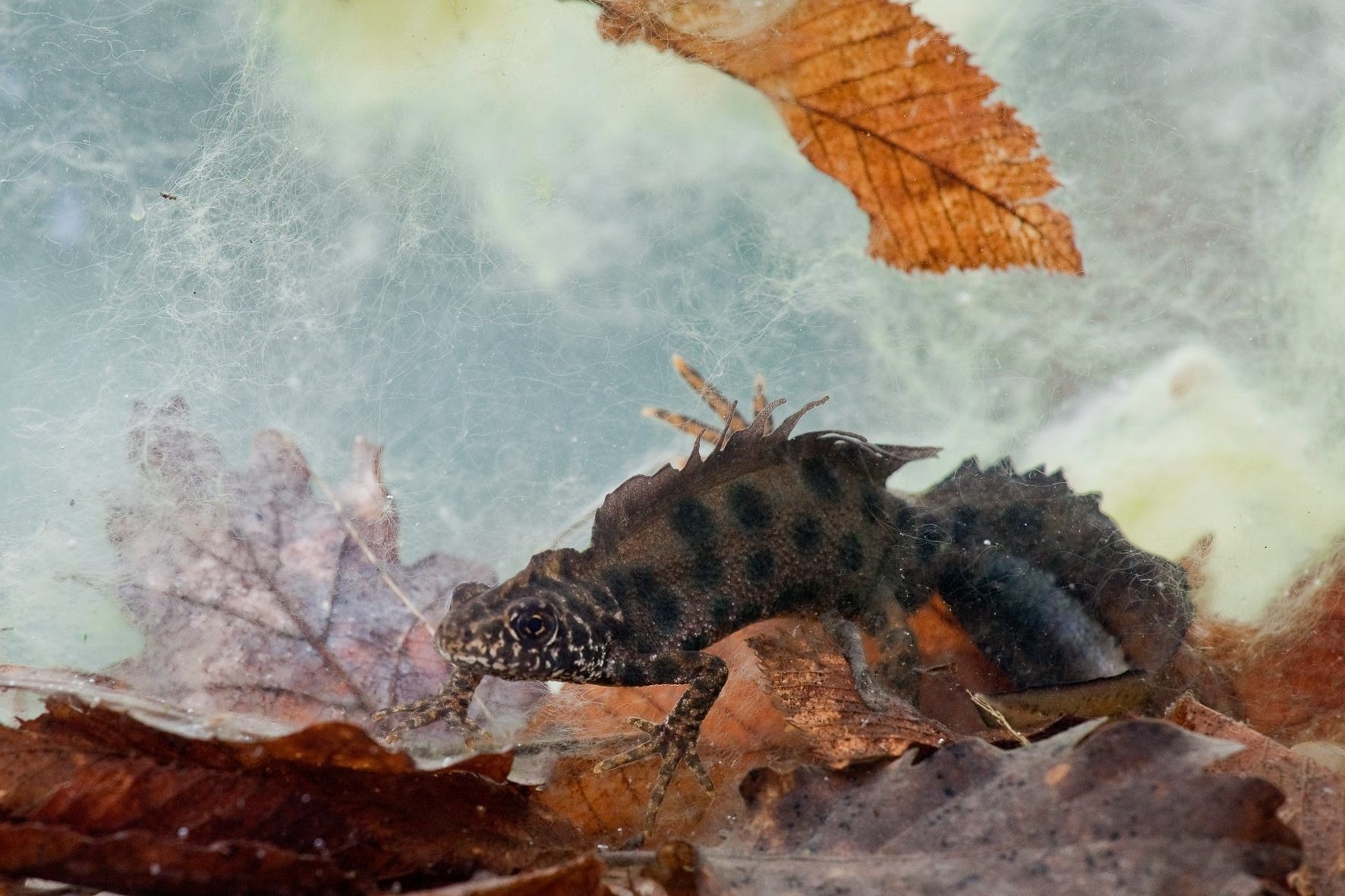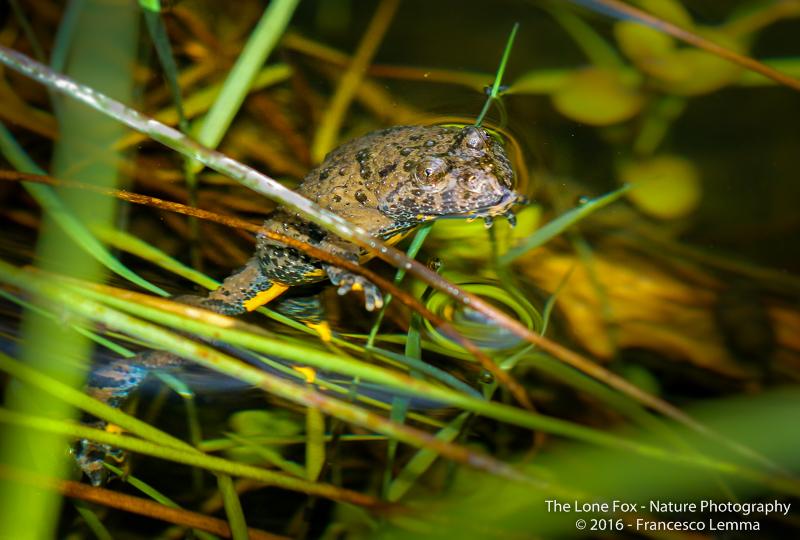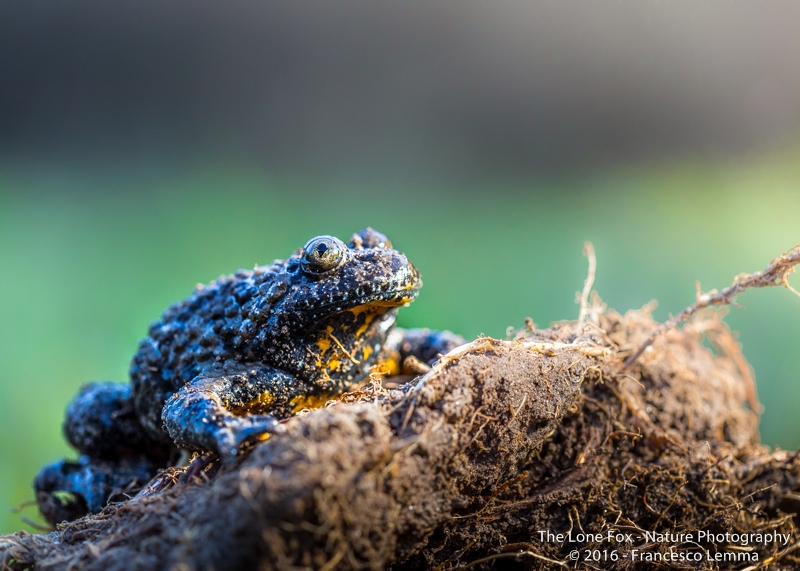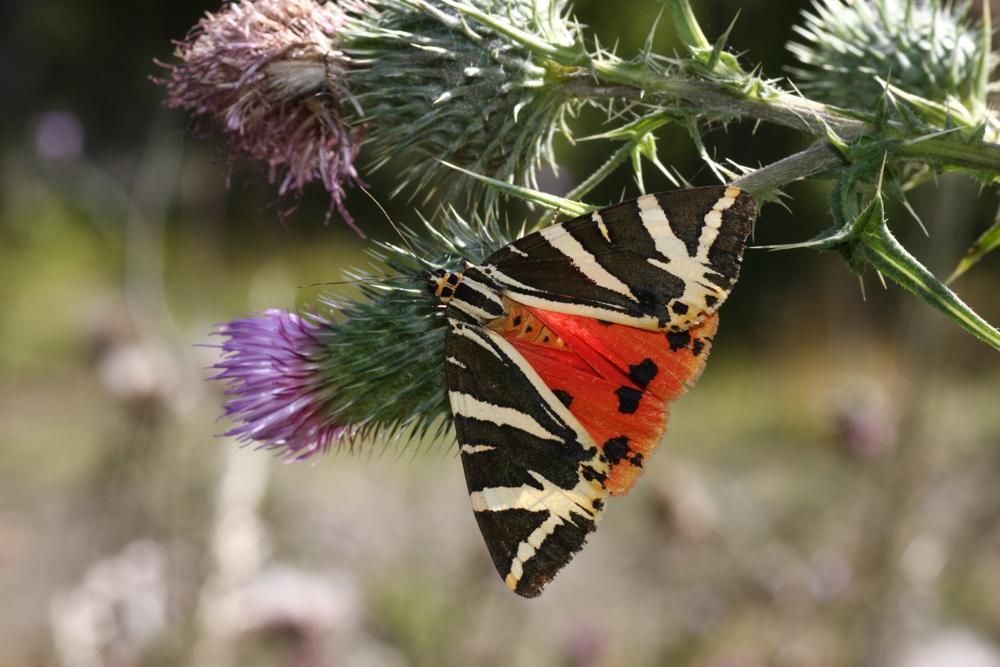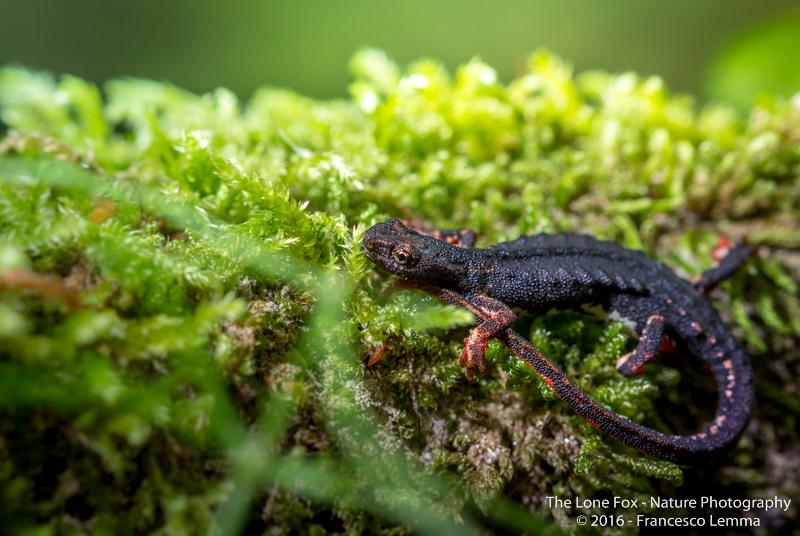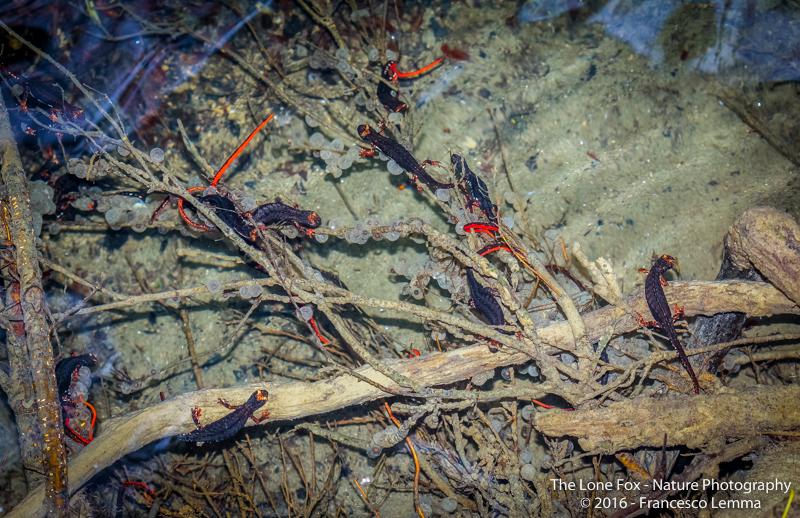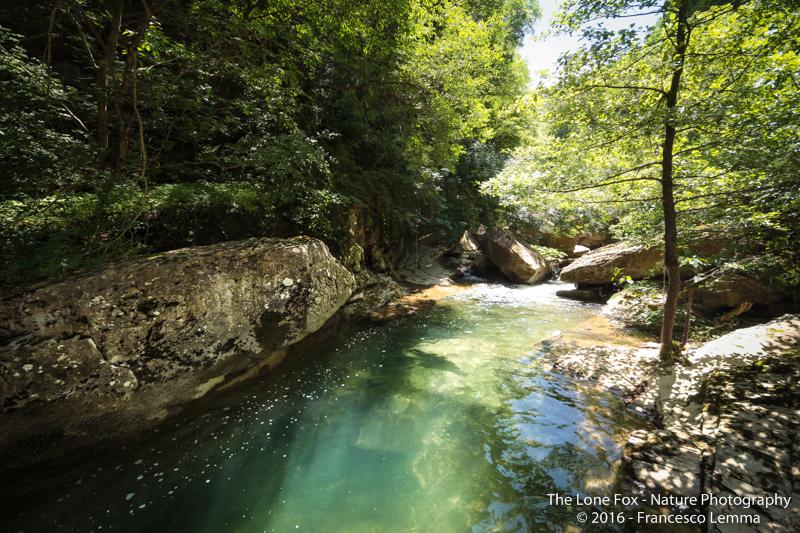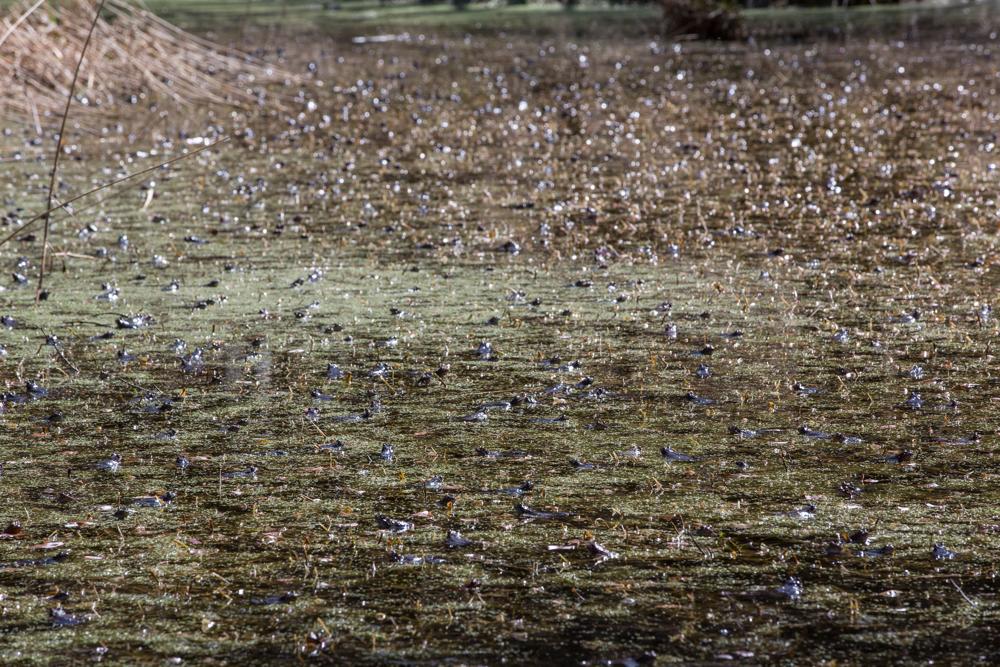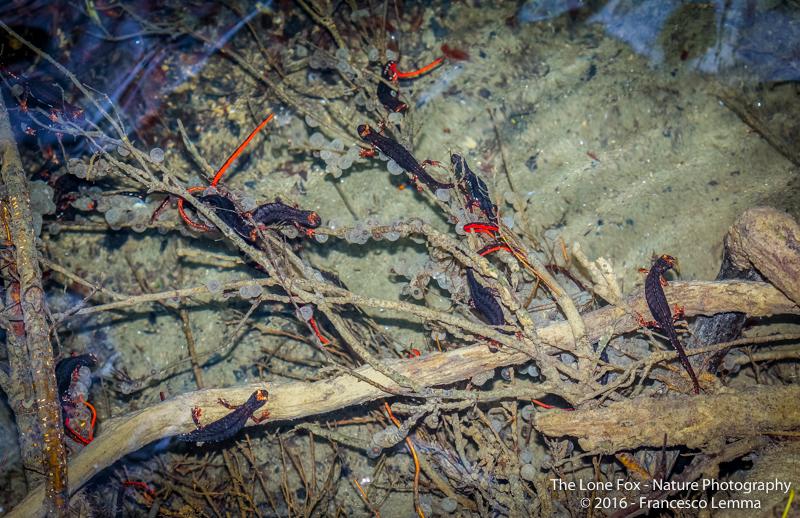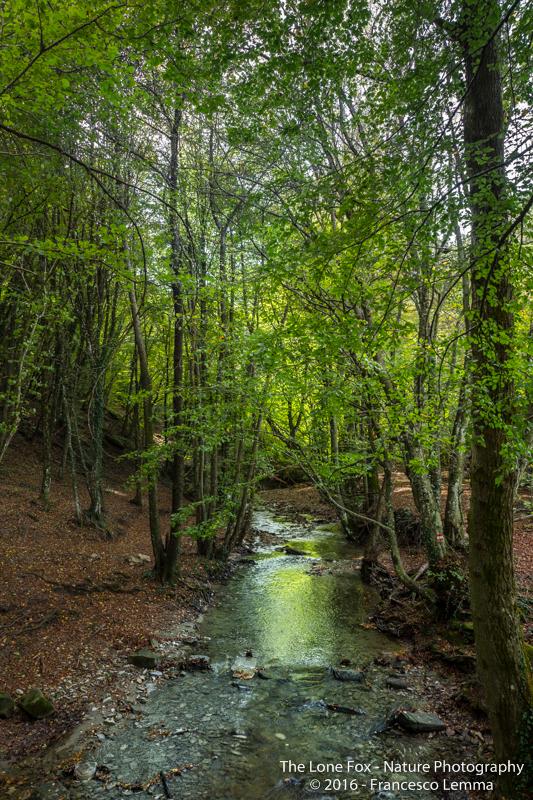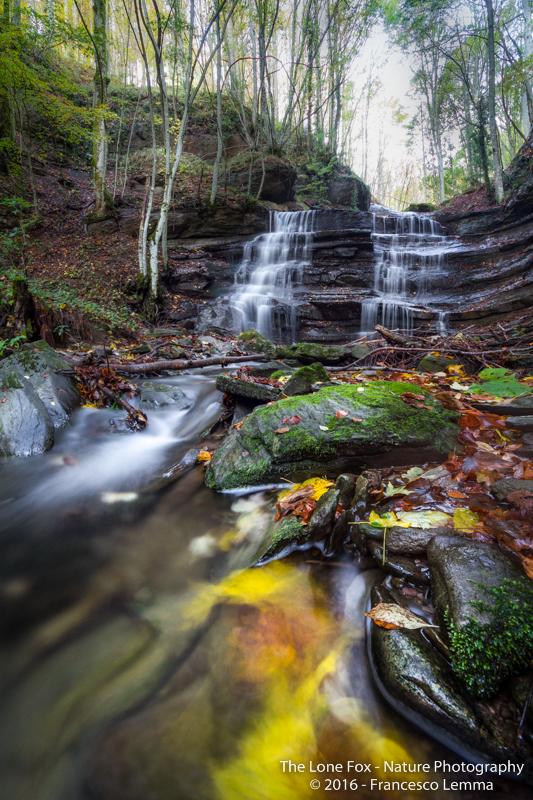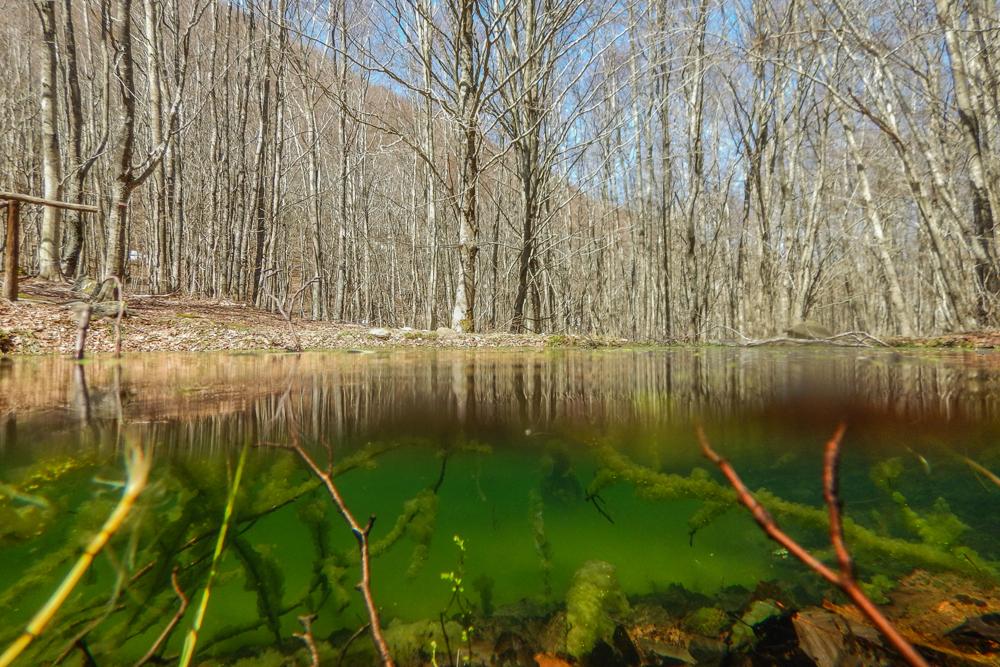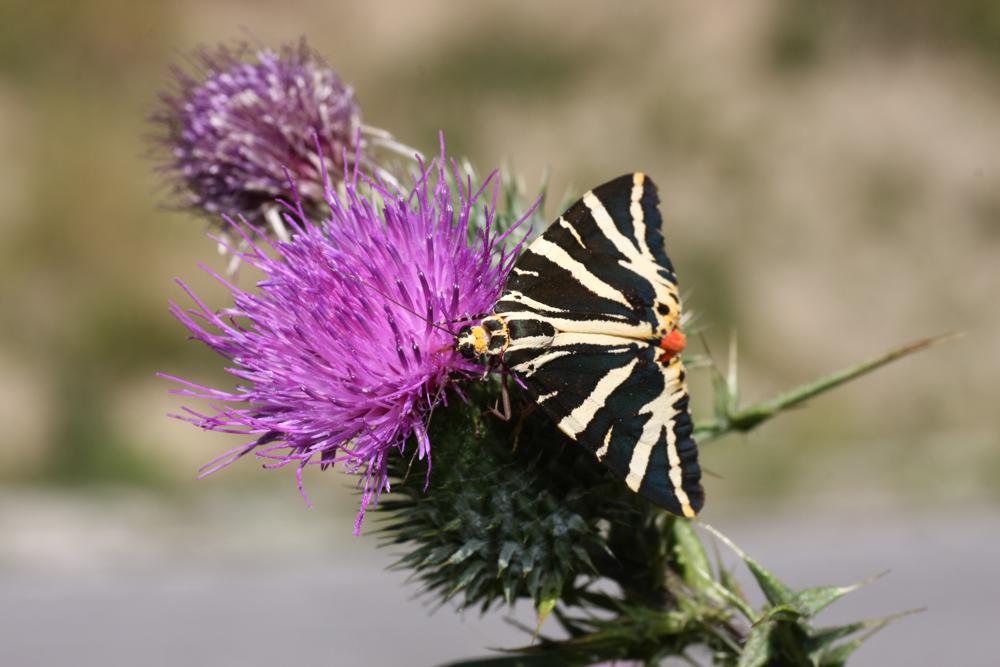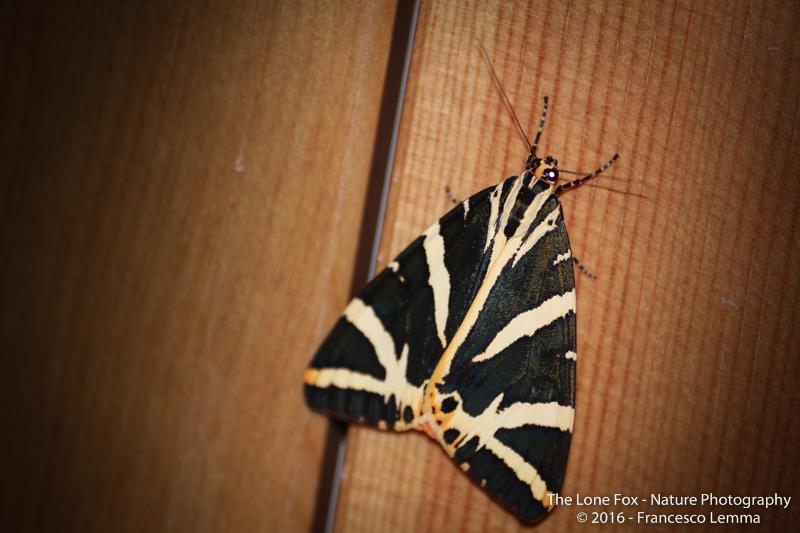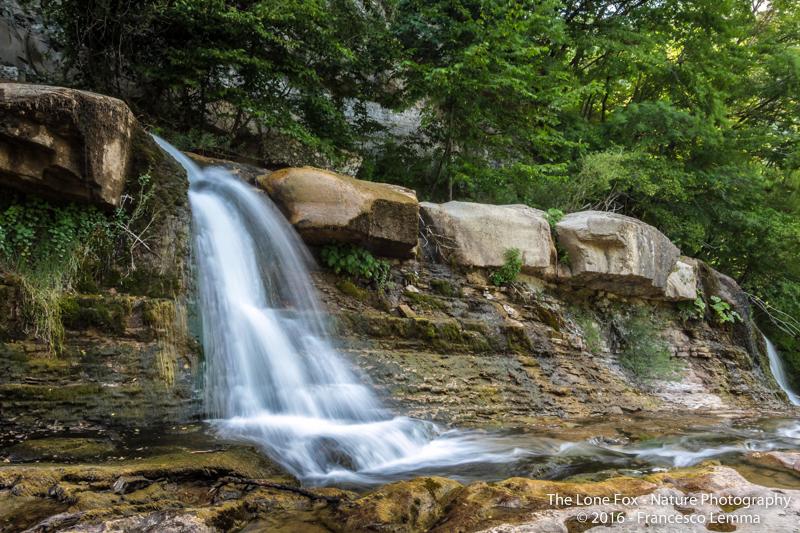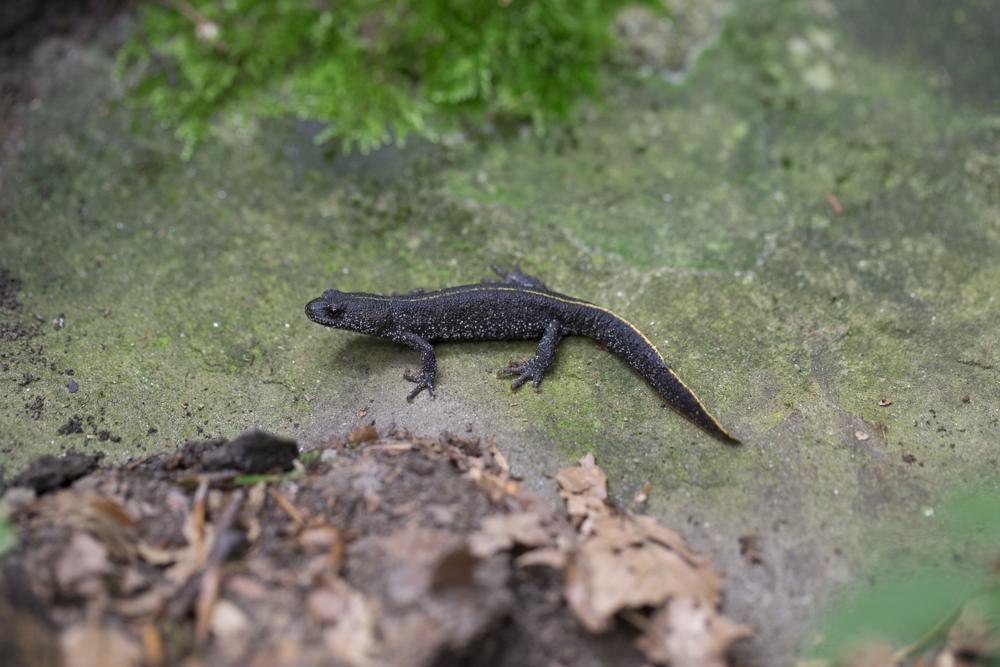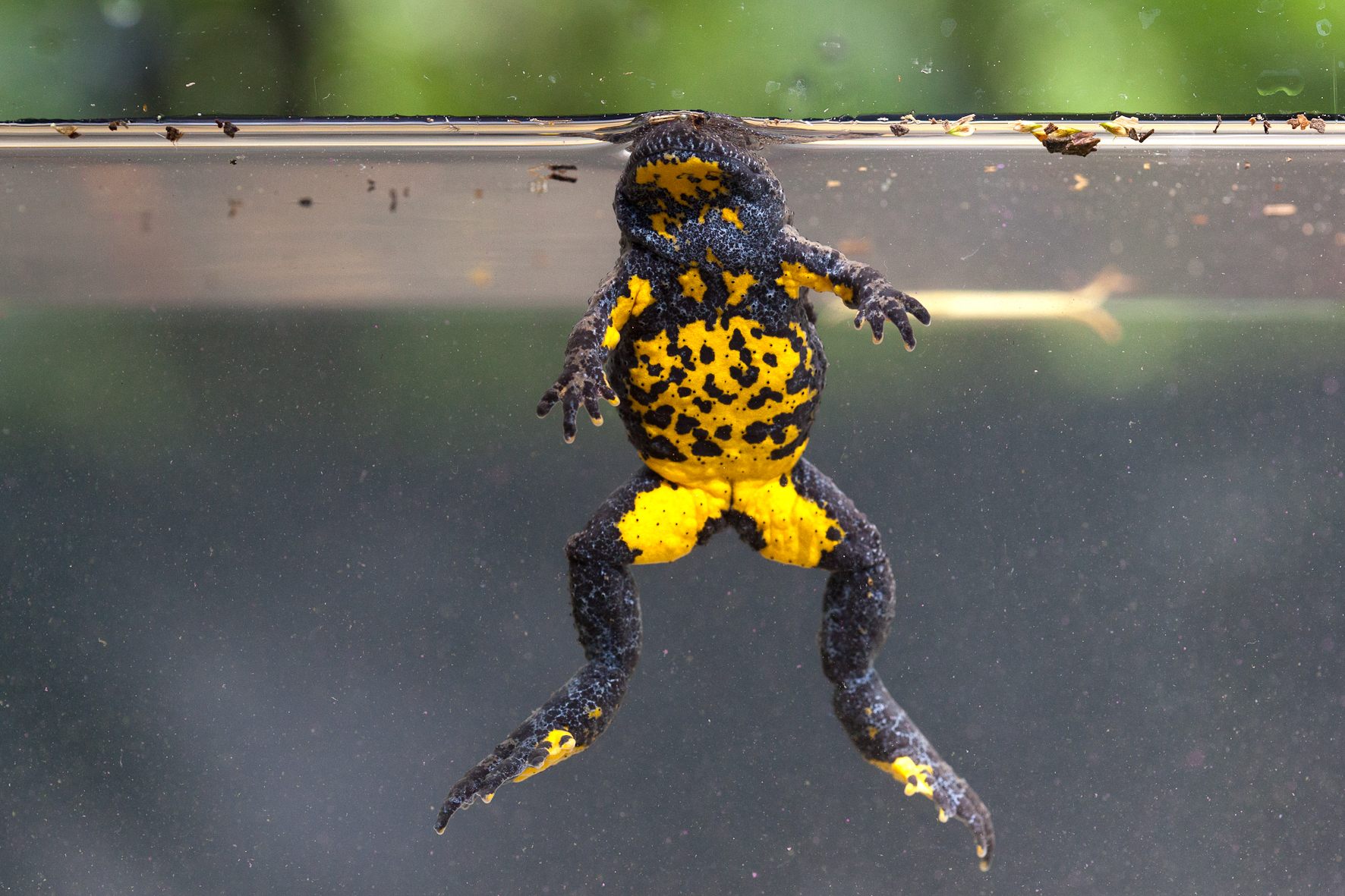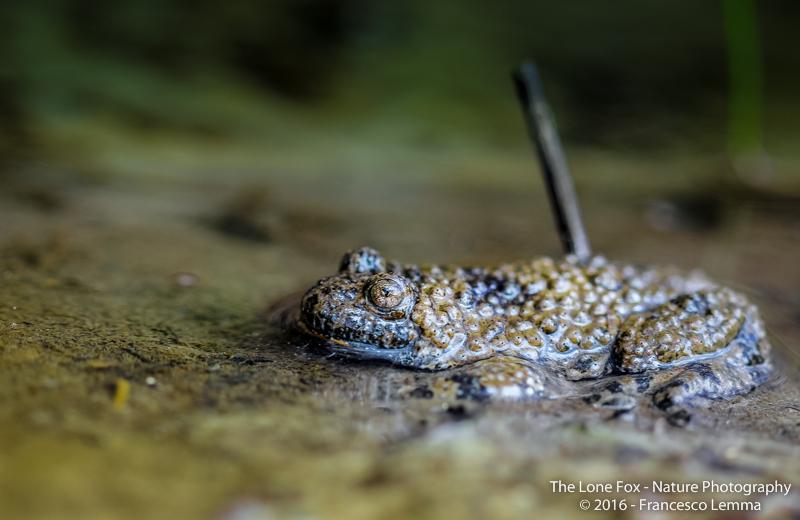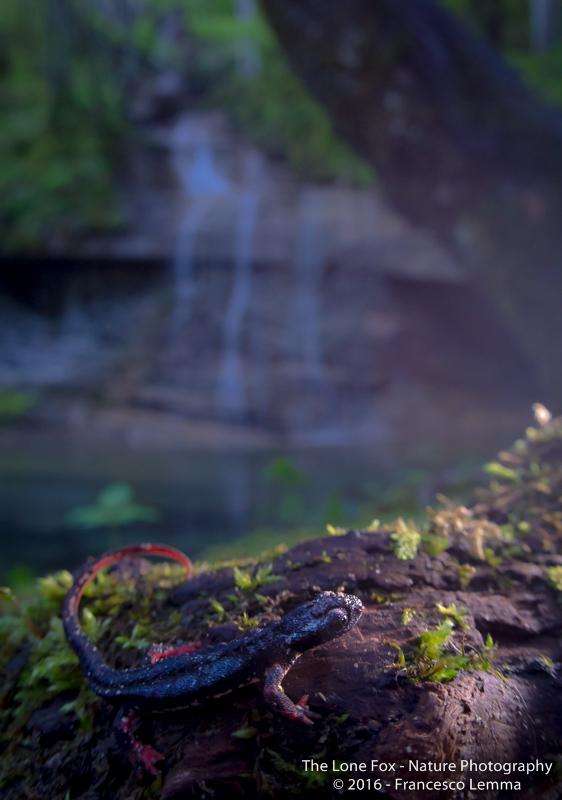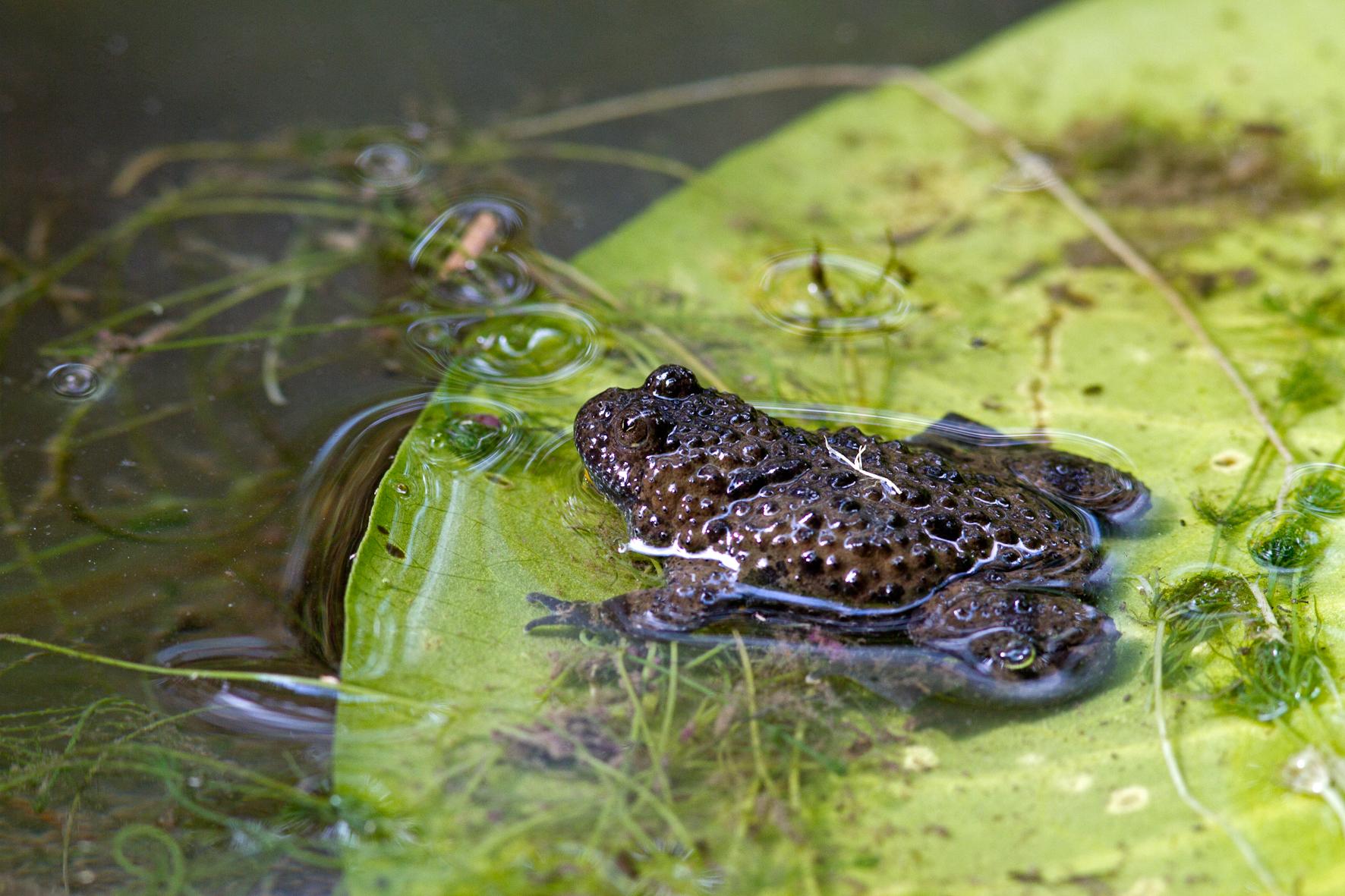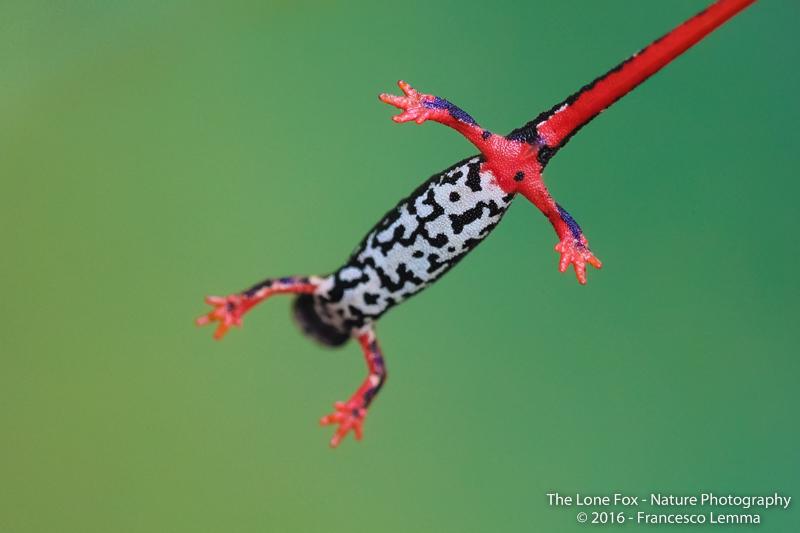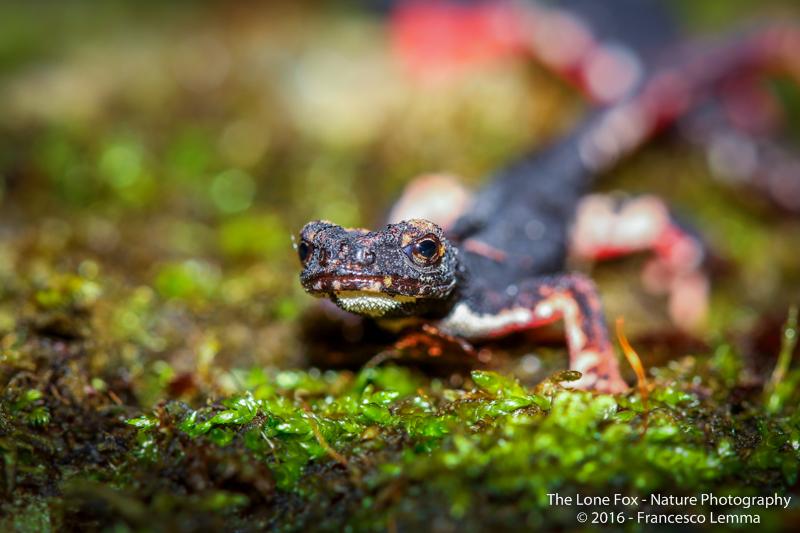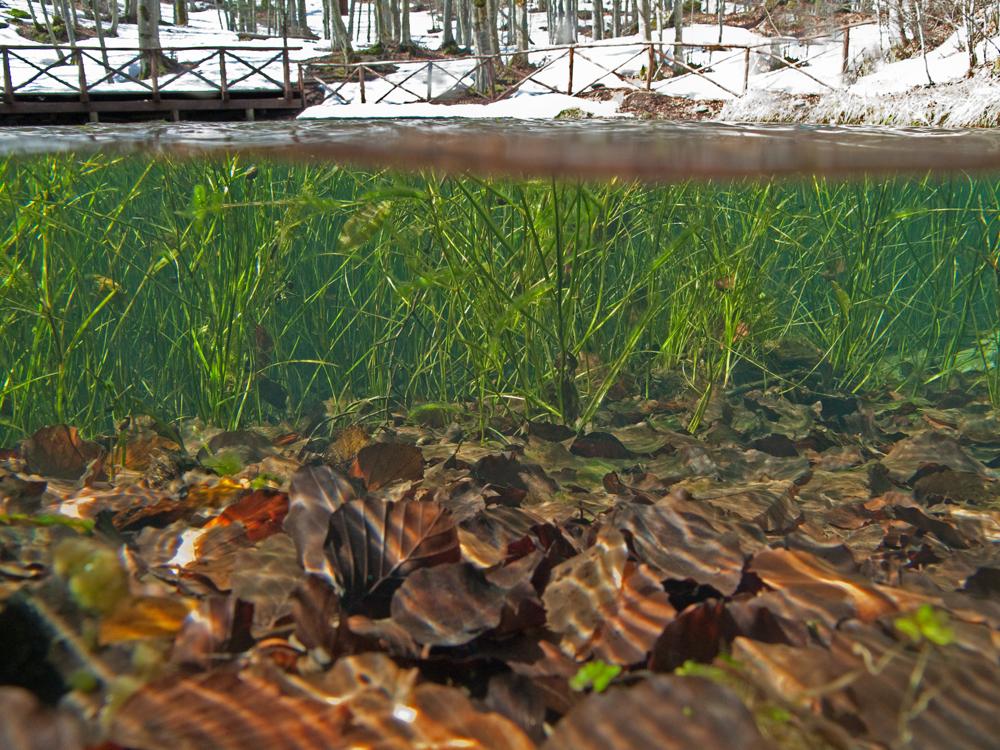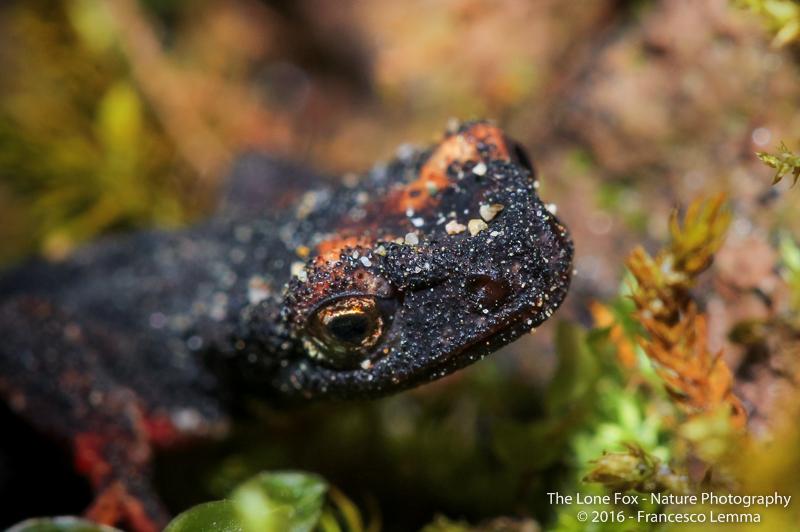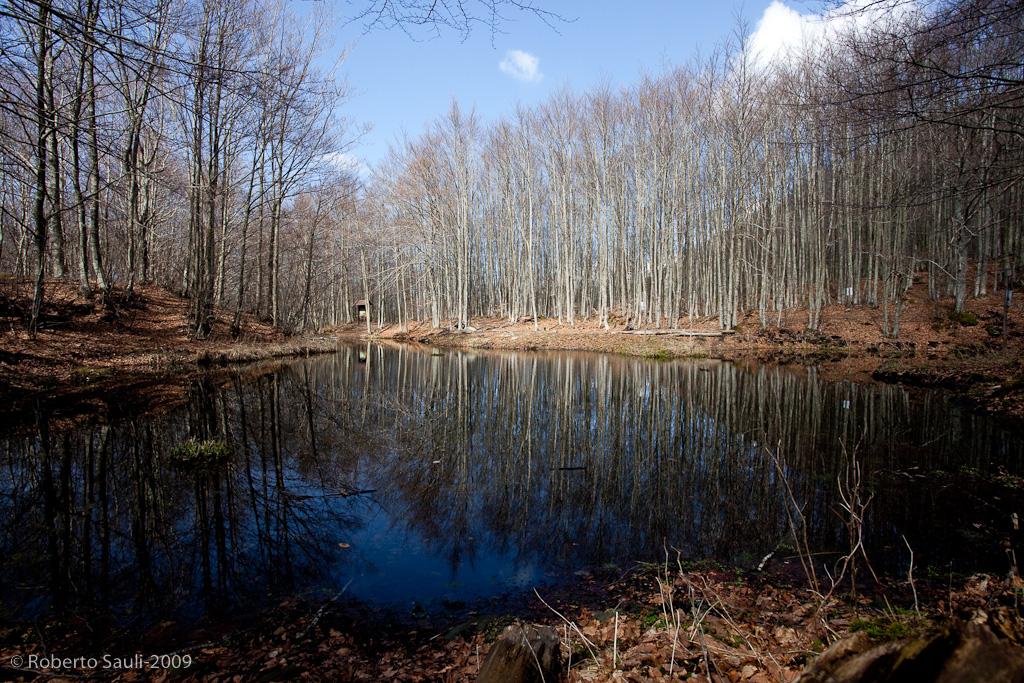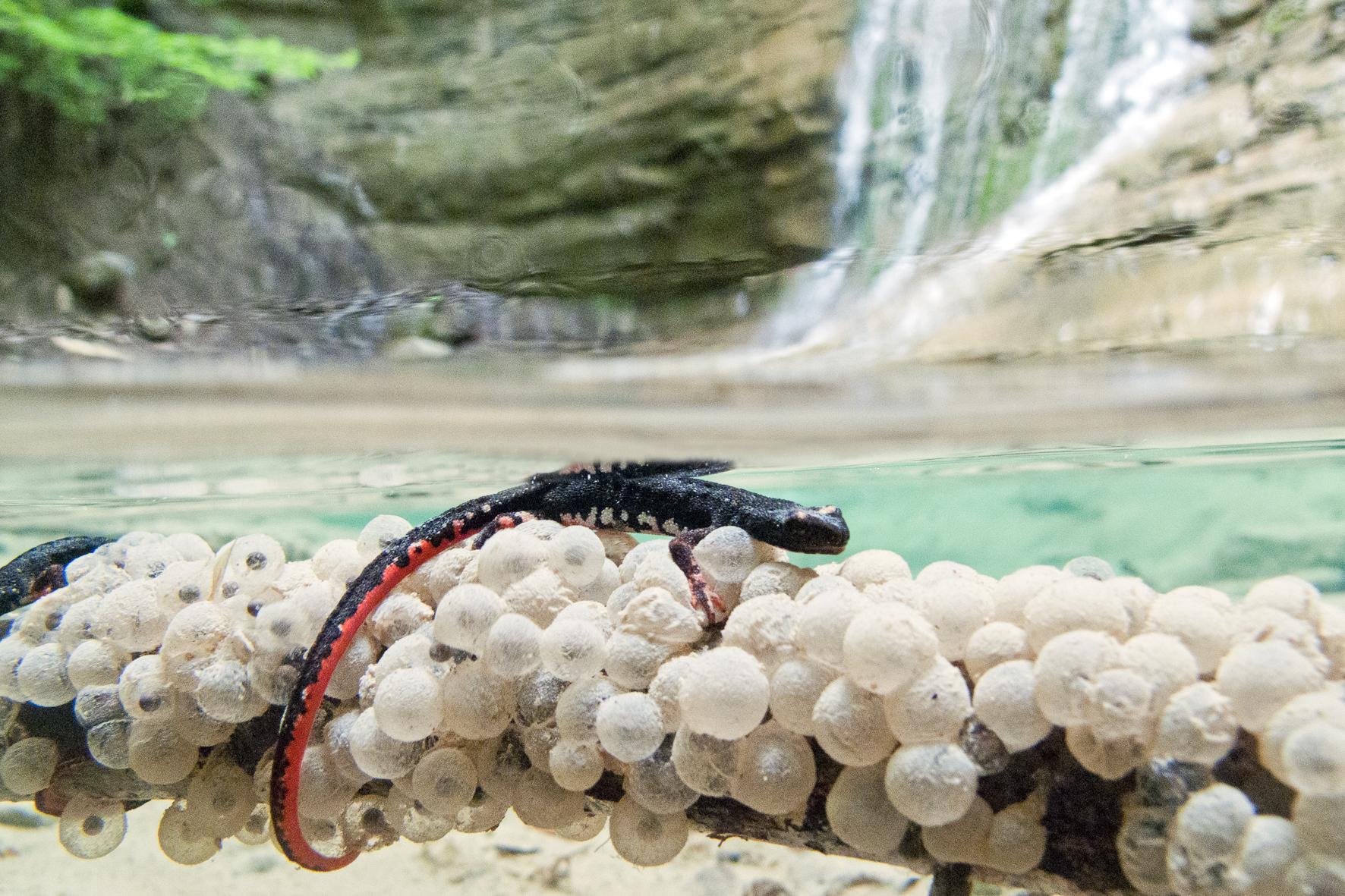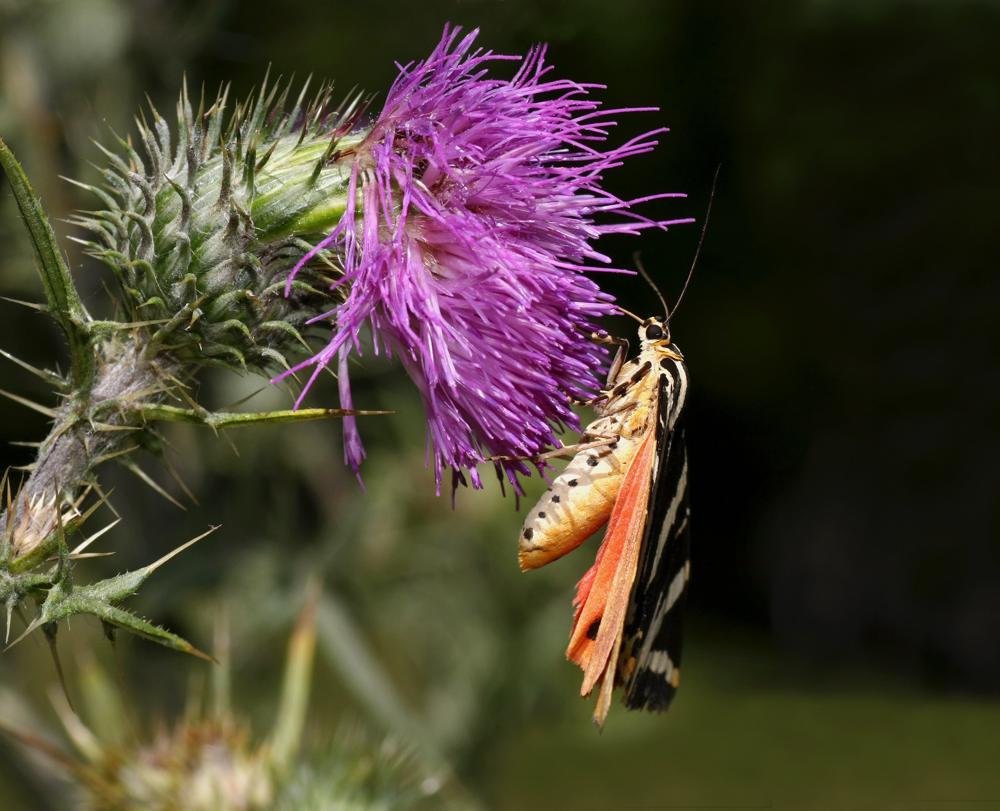|
Eriogaster catax. Foto: Paolo Mazzei |
Species included in Annexes II and IV of the DC 92/43/CEE and listed in Annex A of tuscan L.R. 56/2000 (Tuscan Regional Law 56/2000) and protected in the Region Emilia Romagna in agreement with L.R. 15/2006 (Regional Law 15/2006).
Diffusa in Europa centromeridionale, E. catax è una falena legata soprattutto a praterie seminaturali su substrato calcareo, ma si ritrova anche in zone aperte arbustate e presso i margini dei boschi. Presenta una sola generazione annua, tra agosto e ottobre. La larva, polifaga, si nutre a spese di varie specie di piante, tra cui il prugnolo (Prunus spinosa), Crataegus sp., Pyrus sp. e, meno frequentemente, Populus sp., Ulmus sp., Betula sp.
Spread across southern and central Europe, E. catax is a moth mainly associated with semi-natural grasslands located on a calcareous substrate, but is also present in open shrub-like zones and close to the edge of woods. It has only one annual generation, between August and October. The larvae is polyphagous and feeds on various species of plants, including the “prugnolo” (Prunus spinosa), Crataegus sp., Pyrus sp. and , less frequently, Populus sp., Ulmus sp., Betula sp.
Species reported in just 4 locations within the Park, of which 3 on the side of Region Emilia Romagna and one on the Tuscan side.
Within the territory of the National Park of Casentinesi Forests, as in the rest of Europe, E. catax is threatened by the noticeable reduction of the semi-natural grasslands, the existence of which is linked to grazing. In fact, in the territory covered by the project on the Tuscan side , these areas have almost disappeared and they are just a few on the side of Region Emilia Romagna. Therefore, the project proposes interventions aimed at reducing shrub and trees in the buffer zone of habitat 6430, with the consequent restoration of open areas which are still not completely closed and the implementation of localised open spaces which will act as a link with the existing open spaces, in order to facilitate the easy connection for the species within the territory covered by the intervention.


